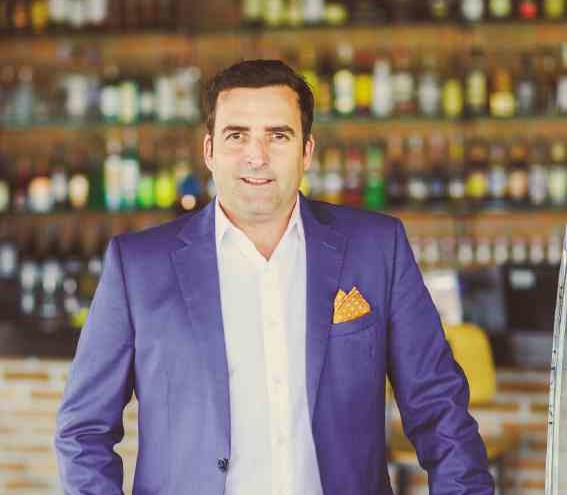Thailand’s Mango Tree grows roots in PH
Seeing a “need to stay relevant” in the everyday evolving Philippine market, global restaurant group Mango Tree, on the occasion of their fifth anniversary here in the country, recently announced plans to open up to 10 more outlets nationwide in the next five years.
“We need to stay relevant in the Philippines because there’s a massive amount of competition, and it doesn’t look like there are chances of things slowing down here,” said Trevor MacKenzie, Mango Tree worldwide managing director, at a press conference in the restaurant’s Bonifacio Global City flagship branch. “And we also see that our product is very well-received.”
MacKenzie described Filipinos as “quite a discerning” group of customers, which has kept the company on its toes when it comes to introducing new dishes. “That means for us restaurateurs, we can’t just put out anything—otherwise you wouldn’t come to my restaurant,” he said.
Mackenzie did not give any specifics on which locations the company was eyeing for future branches. Current stores, aside from the one in BGC, are Mango Tree Bistros located in Trinoma in Quezon City, and Greenbelt 5 in Makati City.
“We’re in the exploratory stages now, so we’re not yet ready to announce where. We’re looking to open seven to 10 outlets in the next five years. We’re not looking to do as many outlets as we can do. We’re looking to open quality ones to make sure we can 100 percent make it work,” Mackenzie said.
Article continues after this advertisementHe also said Mango Tree’s stores all over the world would undergo a redesign geared towards a more “millennial-driven” and modern lifestyle.
Article continues after this advertisementThe Mango Tree group operates over 70 restaurants—which include the brands Mango Tree, Mango Tree Bistro, Mango Tree Cafe, and Coca, a contemporary steamboat “suki” (hotpot) concept—in 15 countries worldwide.
Coca was the first restaurant established in 1957 by Khun Srichai Phanphensophon in Surawong, Thailand. In 1994, his son, celebrity chef Pitaya Phanphensophon, put up the first Mango Tree in Silom.
When asked why the company decided on the name Mango Tree despite it not sounding explicitly Thai, Mackenzie said it was a deliberate decision as they wanted a product that would attract a wider range of customers.
“If they called it Sawasdee or Benjarong, it would have been like any other Thai restaurant. One [reason] we don’t put the label ‘Thai’ everywhere is that we want for you to go to Mango Tree because you want to be at Mango Tree,” he said.
Instead, what the company would want to focus on is delivering to customers an authentic “Thai lifestyle experience,” he said.
“What we’re passionate about doing is having people taste dishes aside from tom yum goong, green curry, and pad thai,” he added.
Five new dishes from Chiang Mai and the northern Lanna kingdom will be introduced to Filipino diners starting May.
“In many ways, we have taken one step back as we loom forward,” said Mackenzie. “We have rediscovered many of the well-known dishes in Thailand and reimagined them through creative design while remaining true to the original ingredients.”
